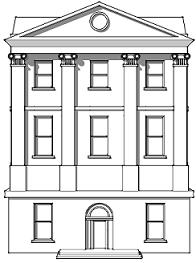Chatterton's story was an object of fascination a century later for the Romantics, who admired his passionate and tragic dedication to art. I first encountered his story in the Tate Britain art collection, where I came upon Pre-Raphaelite Henry Wallis's 1856 painting portraying his death.

The painting stopped me in my tracks and held me like a trance. At about half-life size, Chatterton's limp body is draped languorously, unmistakably dead, but as if death were a sublime dream. The faint blue tint of his skin, contrasted by the auburn glow of his hair, is another combination of the macabre and sensual - he is drained of life and color, but still magnetically beautiful and youthful. I've never found a reproduction that captures the colors and the power of the painting itself, the awe of standing in the whirlpool of gallery echos, holding your breath in sympathy with the long-gone protagonist.
In my short film Chatterton, Tom Chatterton is the narrator's silent roommate. His presence is the gravitational force that binds Daniel's plans together; he has the artistry to execute Daniel's outlandish photographic forgeries, and never questions the ethics. Creating art is his only ethic. He is the ultimate symbol of the bohemian life Daniel seeks - until it all falls apart.





Really nice i love your photography your concept is pretty good.
ReplyDelete